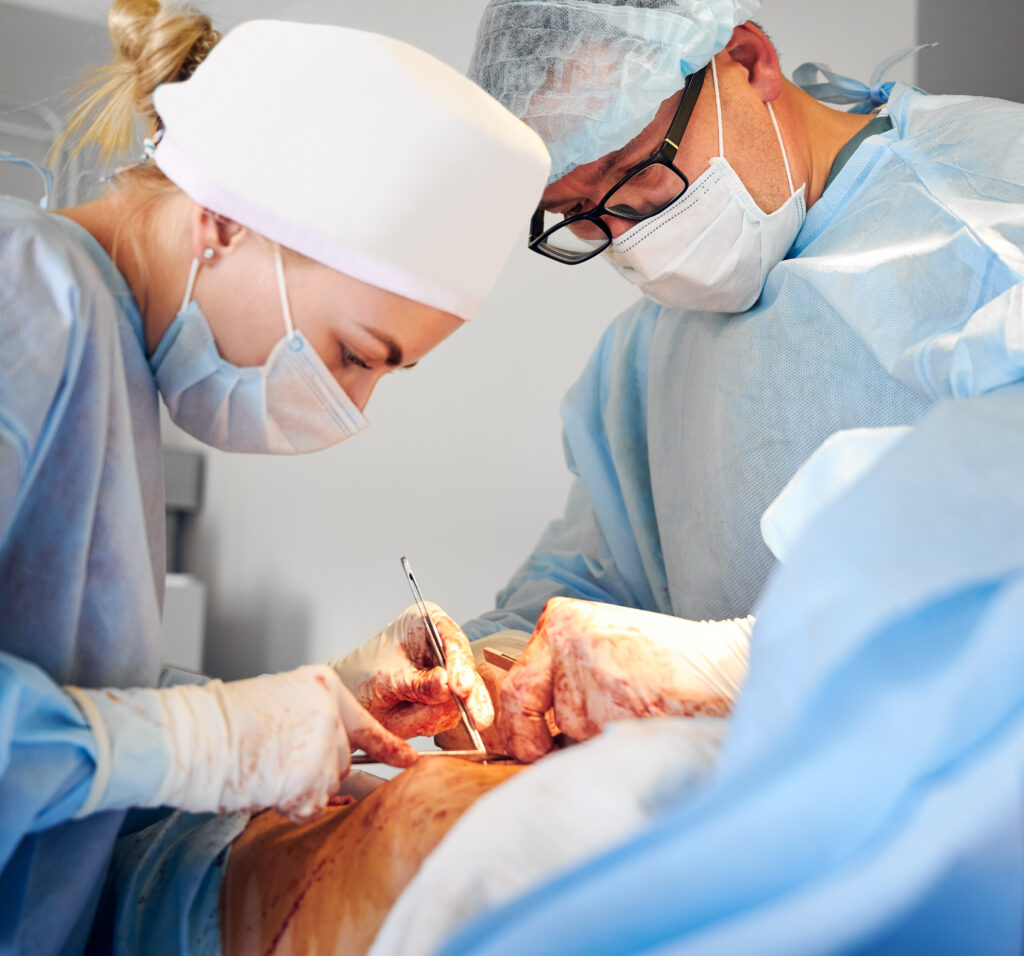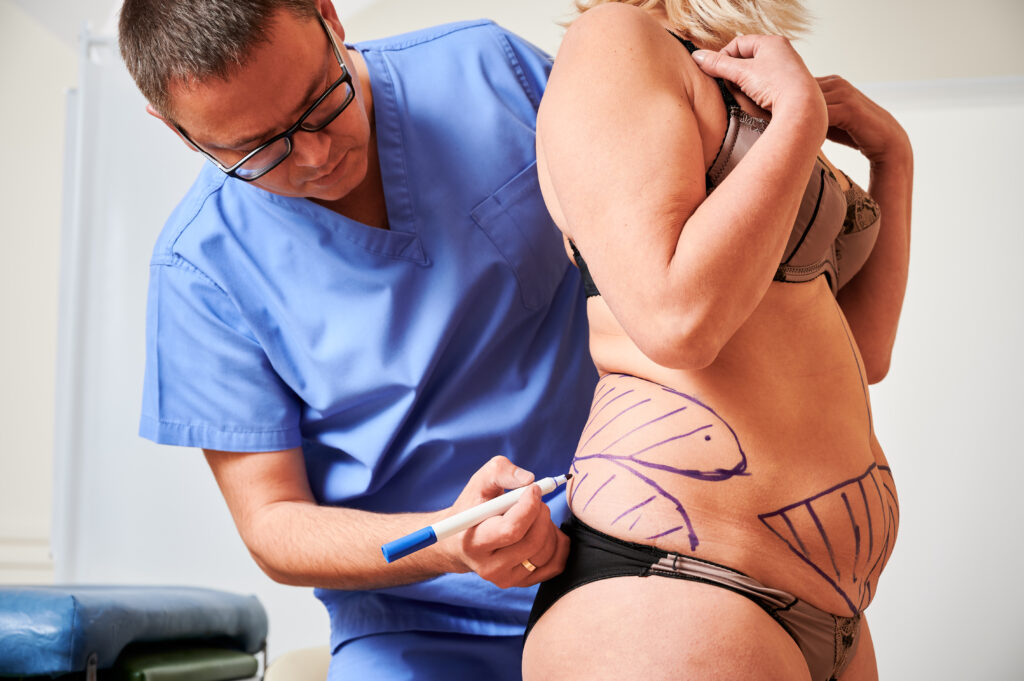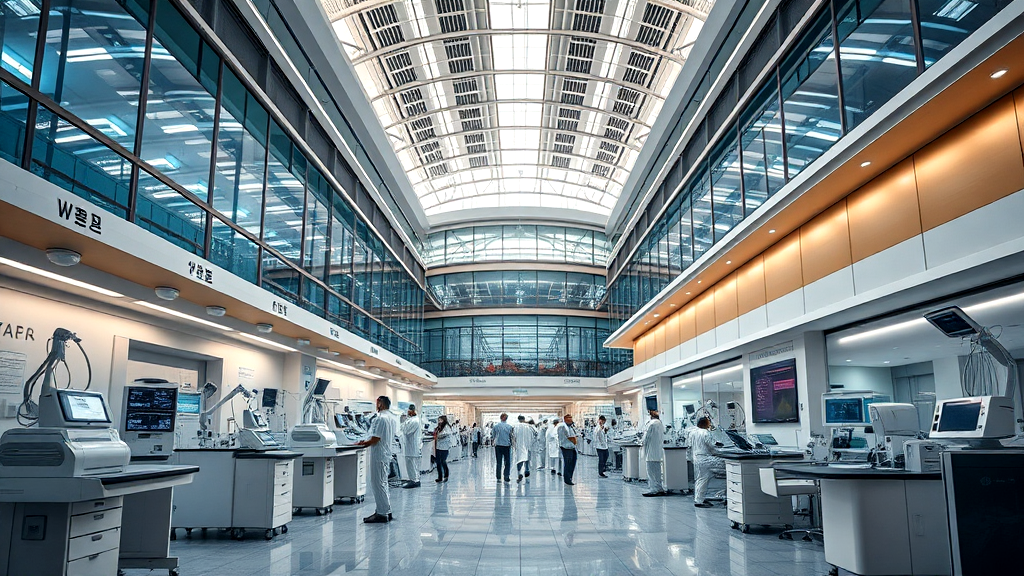What is Liposuction and Fat Transfer?
Liposuction and fat transfer are popular cosmetic procedures. They help shape our bodies using our own fat. Liposuction removes extra fat from areas like the belly or thighs. This fat isn’t tossed away. Instead, it’s used in fat grafting. Imagine giving your face or hips a natural boost. That’s where autologous fat comes in. It’s a method where our own fat is purified and moved to add volume where needed. This facial rejuvenation method is safe and biocompatible, reducing risks. Plus, exciting new techniques like adipose-derived stem cells are making the process even better. Using our own adipose tissue is a win-win!

What are the different types of fat transfer?
Exploring the diverse techniques for fat transfer, let’s dive into the options available. Macro fat grafting is a go-to for enhancing larger areas like the breasts and buttocks. This method uses generous volumes of fat, offering transformative results. For those seeking facial enhancements, micro fat grafting is the way to go. It provides subtle yet effective volume restoration, perfect for facial rejuvenation. Occasionally, nano fat grafting comes into play for ultra-delicate areas, like under the eyes. Each type of fat transfer is like a puzzle piece, fitting perfectly into personal aesthetic goals.
We understand the importance of using autologous fat tissue to ensure safety and compatibility. Our focus on autologous fat transplantation minimizes risks, making it a reliable choice. Curious about our process? We detail every step on our patient services page. Whether it’s adipose tissue for facial enhancements or larger areas, our approach is tailored to you. Embrace the possibilities of facial fat grafting and more with our expert guidance.
Introduction to Liposuction
Initiating our exploration, we’ll talk about liposuction and fat transfer. We dive into how liposuction targets those pesky fat deposits. It’s like molding clay to achieve the perfect shape. But, here’s the kicker: that removed fat isn’t just discarded. It’s repurposed in a fat transfer, breathing new life into other areas.
Consider it a bit like recycling, but for our bodies. This process often involves facial fat grafting, providing a youthful glow. And speaking of fascinating techniques, adipose tissue often plays a role in these transformations. It’s all about maximizing what we’ve got, right?
We’ve seen compelling advancements in autologous fat transfer methods too. This approach ensures natural outcomes with minimal risks. For those of us keen on delving deeper into fat transfer techniques, our training courses offer insights into the latest innovations.
Success largely hinges on our understanding of how these processes harmonize. With each procedure, we further refine the art of body contouring and rejuvenation.
Introduction to Fat Transfer
When diving into liposuction and fat transfer, we’re really exploring innovative body contouring techniques. Our experience shows how fat transfer offers natural-looking volume enhancements, making it popular for facial rejuvenation or improving the waist-hip ratio. Imagine sculpting your own body using its resources, much like a personal renovation project. It’s fascinating, isn’t it?
Fat grafting shines when paired with liposuction; it transforms harvested fat into a rejuvenating tool. This process uses autologous fat grafting to ensure compatibility. We often see it in cosmetic enhancements where fat tissue is carefully relocated for a more harmonious look.
The versatility of this approach extends to reconstructive purposes, using autologous fat transplantation to restore areas post-surgery. It’s this adaptability that we often discuss in our seminars, where the latest techniques are always a hot topic.
For those curious about cutting-edge methods, our faculty page offers more insights. We’re big fans of blending science with art for transformative results, and this blend is reshaping the field of aesthetics.

Autologous Fat Grafting Explained
Exploring the nuances of autologous fat grafting in the realm of cosmetic procedures, we find it particularly useful for facial rejuvenation. This technique involves extracting, purifying, and then injecting fat into the face. It helps in restoring lost volume and enhancing skin texture, achieving a youthful appearance. The process stands out because it uses the patient’s own fat tissue, minimizing rejection risk.
The journey of liposuction and fat transfer doesn’t end with facial applications. It also allows for enhancements in other body parts. Sometimes, when we discuss autologous fat transfer, we’re reminded of its unique benefit – using one’s own adipose tissue. This tissue is not just a filler; it can potentially harbor adipose-derived stem cells, adding regenerative properties to the mix.
We’ve seen how facial fat grafting has become a go-to for those seeking natural results. Whether it’s a minor tweak or a complete makeover, the flexibility of this approach is unmatched. It’s like having a personalized toolkit, where your body’s resources are the star players.
Common Areas for Fat Removal
When considering liposuction and fat transfer procedures, some areas are often targeted for fat removal. The abdomen is a popular choice because it typically has a higher concentration of excess fat. Flanks, or love handles, are another common area. They can be stubborn despite diet and exercise.
Thighs also come under scrutiny, especially for those aiming for a more streamlined silhouette. Our experience shows these regions are frequent choices due to the available fat and the significant contouring they offer.
Interestingly, the back and arms are also gaining attention. People often want to eliminate unwanted bulges here.
The knees might surprise you, but they too can benefit from a little sculpting. This can lead to a more balanced leg appearance.
Selecting these areas can significantly enhance the outcome of fat transfer procedures.
Whether it’s for improving contours or preparing for fat grafting, these zones offer versatile options for liposuction and fat transfer, making dreams of a more sculpted physique possible.
Popular Fat Transfer Sites
Exploring the most popular spots for liposuction and fat transfer, we often focus on specific areas. The breasts and buttocks top the list, given their high demand for enhancement. Many opt for subtle breast augmentation using fat, which offers a natural feel and look.
The face also sees significant attention, especially for those looking to achieve youthful contours. With age, even a small amount of autologous facial fat can make a noticeable difference.
Adipose tissue from the abdomen or thighs is commonly used for fat grafting due to its ample availability. This tissue, when transferred, becomes a versatile tool for reshaping and rejuvenating.
We shouldn’t forget the hands, which can benefit from added volume using adipose-derived stem cells. This helps combat signs of aging, leaving a refreshed appearance.
Finally, the calves can also undergo autologous fat transplantation to enhance symmetry and proportion. Each site offers unique possibilities, allowing a personalized approach to autologous fat grafting for anyone considering this procedure.

Benefits of Liposuction and Fat Transfer
Exploring the rewards of liposuction paired with fat transfer, we find numerous appealing aspects. One standout advantage is the ability to achieve a natural look. This combo offers subtle enhancements, making it seem like the best-kept secret.
Another perk is the minimal risk of allergic reactions. Since we’re using our own fat, there’s no chance of it being rejected. Plus, it’s an outpatient procedure. You’re in and out faster than a cat on a hot tin roof. Recovery is typically swift, letting you get back to your routine in no time.
Our bodies benefit from facial rejuvenation using this technique, providing a youthful glow. Additionally, adipose-derived stem cells are often involved, boosting results. Autologous fat transfer ensures longevity, with results lasting several years.
The convenience of this procedure can’t be overstated. It’s like hitting two birds with one stone, offering body contouring in a single session. This makes it a popular choice for those looking to enhance their appearance while keeping things simple.
Limitations of Fat Transfer Procedures
When considering liposuction and fat transfer, it’s important to acknowledge some challenges. One limitation is the variability of results due to the survival rate of transferred fat cells. This means that while some fat stays put, other portions may be absorbed by the body. It might be necessary to have multiple sessions, especially for larger areas.
Another factor is the suitability of the procedure for different ages. While there’s no strict age limit, younger individuals might experience better outcomes due to more robust skin elasticity.
Let’s not forget the different types of fat injections, which can influence outcomes. Choices range from cosmetic enhancements to reconstructive procedures using methods like autologous fat grafting.
We often discuss these nuances further with our faculty members, as seen in our detailed talks here.
In the world of weight transfer, it’s clear that these procedures don’t substitute for weight loss. But for those ready to enhance their shape, the right approach can yield satisfying results.
Can you get lipo and fat transfer at the same time?
Thinking about combining liposuction and fat graft in one go? Absolutely, it’s feasible. By undergoing both procedures simultaneously, we can sculpt your body beautifully. The process involves removing excess adipose tissue from areas you want to slim. Then, we skillfully inject this fat into spots you’d like to enhance, such as for facial rejuvenation. This dual approach saves time and effort, offering comprehensive results in one procedure.
Additionally, autologous fat transfer is a remarkable technique. It relies on your body’s own fat, minimizing risks and maximizing natural looks. Imagine getting a two-for-one deal—but for your body. Using adipose-derived stem cells during the procedure can also enhance the survival of transferred fat. This means better results and more lasting effects.
It’s like turning lemons into lemonade, but with your own fat. Our approach ensures that every step, from harvesting to reinjecting, is carefully executed. This personalized treatment plan offers a natural way to boost your confidence.
Preparation Steps for Surgery
Before diving into surgery, preparation is paramount. With liposuction and fat transfer, we want to ensure a smooth process. First, let’s chat about your current medications. Avoid aspirin and NSAIDs—they can increase bleeding risk. Talking to our doctor about any supplements or herbal remedies is a smart move.
Staying hydrated is key, but remember, no eating or drinking the night before. We also suggest arranging for a ride home since you’ll feel groggy post-procedure. It’s a good idea to create a cozy recovery space at home. Think comfy pillows and your favorite shows queued up.
Now, let’s talk mindset. Feeling a bit jittery is normal, but we’re here every step of the way. Visualizing the positive results can help ease the nerves. We’re sculpting your dream body, after all! With adipose-derived stem cells enhancing the process, the body’s natural resources help achieve fantastic results. Our ultimate goal? Ensuring you feel confident and at ease.
What to Expect During Surgery
So, what lies within the surgical room when undergoing liposuction and fat transfer? Well, here’s the scoop. Our journey begins with a quick chat with the anesthetist, ensuring you’re comfy and relaxed. Once the anesthesia kicks in, the magic unfolds. The surgeon carefully targets unwanted fat using a fine tube, often from areas like the abdomen or thighs.
Next, the harvested fat is treated and purified. This ensures that what we transfer is the best quality. Now, for the exciting part! The purified fat is skillfully injected. Whether it’s for plump cheeks or a fuller derrière, precision is key.
The procedure is typically swift, but every minute is dedicated to sculpting your vision. Most times, it’s over before you know it. We wrap things up by ensuring you’re cozy in recovery. Catching a glimpse of your new look can be exhilarating. It’s like unwrapping a gift! With autologous fat grafting, the results are not just visible, but truly yours.
Post-Surgery Recovery Tips
When recovering from liposuction and fat transfer, the focus should be on comfort and healing. Managing swelling might feel like wrestling with a balloon, but it’s part of the process. Wearing compression garments can help reduce puffiness and support healing.
Staying hydrated isn’t just a good idea; it’s like giving your body a spa day from the inside out. Hydration aids in flushing out toxins and helps the skin bounce back. Regular, gentle movement is beneficial too. We’re not talking marathons here, just short, easy strolls to keep circulation flowing.
Keeping your spirits up can be as simple as binging your favorite shows or diving into a beloved book. A positive mindset can be more powerful than any magic potion. Adhering to aftercare instructions is essential for a successful recovery.
Incorporating adipose-derived stem cells into your routine might boost results. Each step we take is a step closer to the new, fabulous us!
Fat Transfer Success Rates
Evaluating the outcome rates for liposuction and fat transfer is like piecing together a beautiful puzzle. The success hinges on a few key factors. First, the surgeon’s expertise plays a crucial role. Their technique can significantly impact the results. Next, our own adherence to post-procedural care is essential in achieving desired outcomes.
The resilience of the fat cells is another puzzle piece. While fat transfer results are long-lasting, some cells might be reabsorbed. It’s a bit of a waiting game, but if everything aligns, we might find ourselves with a result that feels as natural as breathing.
Incorporating adipose-derived stem cells can potentially enhance the success. We’ve heard whispers from the grapevine about this cutting-edge addition. It’s like giving those fat cells a little pep talk to boost longevity.
Ultimately, this isn’t just a cosmetic procedure. It’s an art form where science meets beauty. We’re creating a masterpiece, one subtle enhancement at a time.
How long does autologous fat transfer last?
So, how long does the magic of autologous fat transfer stick around? We often ponder this question. Once the fat has been transferred, the journey isn’t over. The real magic happens over the next several months. It’s like waiting for a plant to bloom. Results from autologous fat grafting can be permanent, but patience is key.
After the procedure, not all fat cells will survive. It takes about half a year for the fat to settle in, like guests at a long dinner party. During this time, the fat cells are busy developing a new blood supply. Our bodies are working behind the scenes to make this a lasting change.
We might need a touch-up if the desired volume isn’t achieved initially. Think of it as adding a dash more paint to a masterpiece. With liposuction and fat transfer, we’re sculpting a future that’s as unique as we are.
Which country is best for liposuction?
Wondering which country tops the list for liposuction adventures? Let’s take a look at some favorites. South Korea dazzles with its top-notch facilities and skilled surgeons. It’s a hotspot for cosmetic procedures, with the Global Aesthetics Institute recognized for advanced training. Why does Korea excel in plastic surgery? They have a blend of innovative techniques and cultural emphasis on aesthetics. It’s a recipe for success!
Thailand and the Czech Republic offer quality care at affordable prices. Medical tourists flock to these destinations. Mexico is another contender, providing skilled surgeons and a warm welcome. Spain and Germany, with their rich histories, aren’t far behind. They promise precision and expertise.
The United Kingdom and India also make the list. India, in particular, is gaining attention for offering high-quality healthcare at reduced costs. With adipose-derived stem cells becoming a buzzword, these countries are keeping up with the latest trends. As we explore options, it’s clear each country has its unique charms and specialties.

Innovations in Fat Transfer Techniques
Recent breakthroughs in liposuction and fat transfer continue to reshape the cosmetic surgery field. By incorporating techniques like adipose-derived stem cells, we are improving the survival of fat grafts, leading to more predictable outcomes. These cells help in rejuvenating the skin, making them a fantastic choice for facial rejuvenation.
The use of autologous fat grafting is gaining popularity, allowing for a natural enhancement of body contours. It’s like recycling your own body’s resources! What makes it even better is the introduction of specialized courses, like the fat grafting course, which help surgeons refine their skills.
We’ve all seen how crucial advanced training is. It plays a significant role in the success of autologous fat transfer. Innovations focus on refining techniques for harvesting and processing fat, ensuring higher success rates. We are talking about a smoother, more reliable process here.
With these advancements, the future of cosmetic procedures looks brighter, promising better satisfaction for patients seeking natural beauty enhancements.
Korea Mini Fellowshipo: Liposuction & Fat Transfer
Unveiling Korea’s specialized training in liposuction and fat transfer, we see an exciting world of possibilities. South Korea is known for its innovative approach to cosmetic procedures, drawing surgeons worldwide. Here, professionals refine their skills, focusing on advanced techniques, such as autologous fat grafting. This method, involving the use of one’s own adipose tissue, ensures a more natural outcome with reduced rejection risks.
Training includes hands-on practice with cutting-edge tools and technologies, like adipose-derived stem cells. This enhances fat graft survival rates, resulting in longer-lasting results. The workshops aren’t just about fat removal and transfer; they’re a deep dive into achieving aesthetic harmony.
Courses also cover the nuances of facial rejuvenation, ensuring surgeons can restore youthful appearances with finesse. As techniques evolve, the focus remains on patient safety and satisfaction, providing comprehensive care during the procedure. With Korea’s expertise leading the charge, the future of autologous fat transfer looks promising. This is where innovation meets artistry, shaping new standards in cosmetic surgery.
Advanced Liposuction & Autologous Fat Transfer Training
Training in advanced techniques for liposuction and autologous fat tissue transfer is crucial for surgeons. Our involvement with programs like those at the Global Aesthetics Institute highlights this. The focus is on refining skills for better patient outcomes. We delve into the nuances of adipose tissue extraction, ensuring precision in every step. This hands-on approach means we learn about the latest innovations, including the role of adipose-derived stem cells. These cells enhance the longevity of fat grafts, making the results more enduring.
Our training doesn’t stop at the technical aspects. We also explore artistic elements, crucial in facial rejuvenation and other cosmetic enhancements. It’s a blend of science and art, where we strive for natural-looking outcomes that satisfy our clients’ desires. By mastering these techniques, we’re better equipped to deliver results that align with the latest trends and patient expectations. The knowledge gained here propels us forward, allowing us to offer cutting-edge solutions tailored to individual needs.
